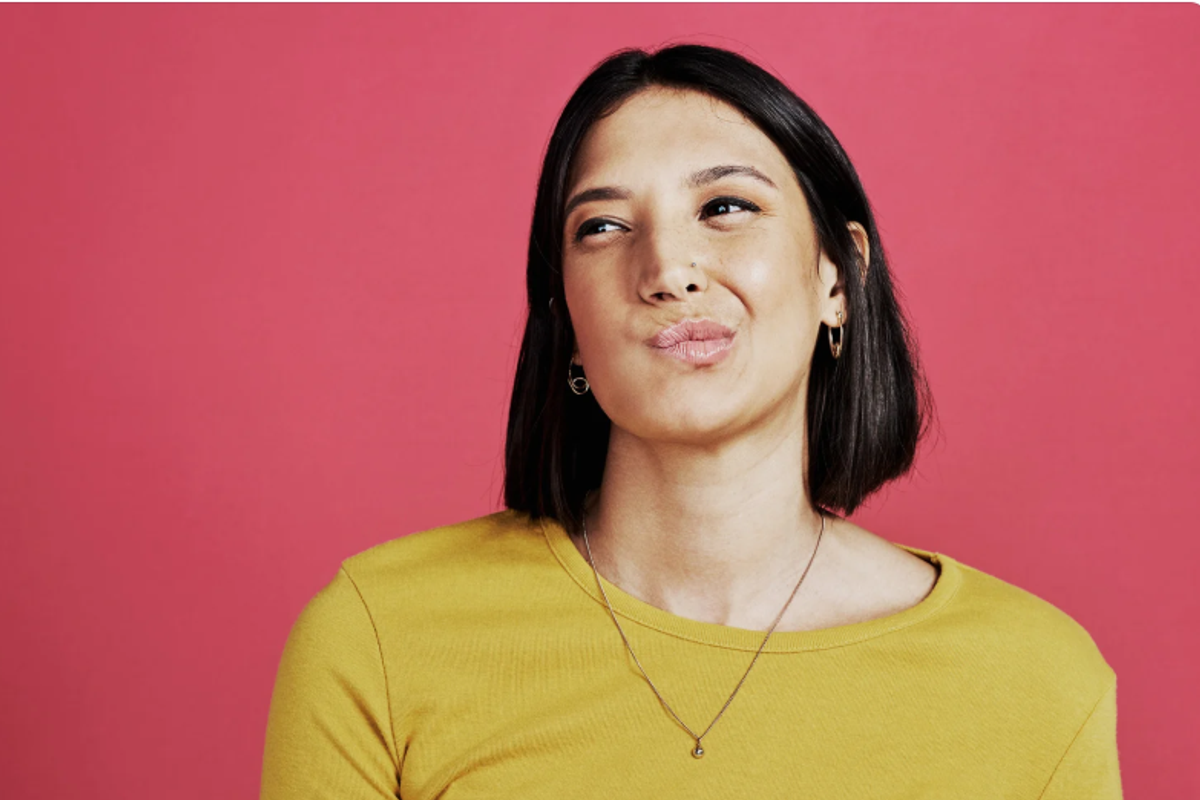Frugal woman shares the one critical question she asks herself before making any purchase
"It’s such a simple question, but it’s changed my spending habits completely."

Frugal woman shares question she asks herself before impulse buying.
Being a smart and savvy shopper is one of the cornerstones of living a frugal lifestyle. And one of the biggest financial downfalls that can prevent you from living a frugal life is impulse shopping. But one frugal woman may have found the key to curbing it.
"I started asking 'Do I actually need this?' before every purchase. It’s saved me hundreds," user sarah_west_1 wrote in a Reddit forum dedicated to frugal living tips and stories. She went on to explain, "For years, I’d buy things just because they were on sale, looked cute, or felt like a good deal. I didn’t really think about whether I’d use them or if they were actually necessary."
However, things changed when she started intentionally asking herself this one question. "Now, before I buy anything, I pause for 10 seconds and ask: 'Do I really need this right now?' It’s such a simple question, but it’s changed my spending habits completely," she shared. "Most of the time, the answer is no and I just walk away without feeling like I’m missing out. This little habit has helped me save more than I expected and made me more mindful about what I bring into my life."

And her wise frugal advice resonated with fellow frugal shoppers. One commented, "I do the same, asking myself if I will actually use this item everyday, or at least often enough to be worth the money and space, because I'm going for minimalism too. No books, no decorative items, no knickknacks. Minimal amount of kitchen gear, egged before I had ice cream maker, pasta maker, ice maker, bread maker, not to mention tons of kitchen gadgets that I can't ever find when I need it." And another added, "My money saving mantra: 'you can go broke saving money'. Just because it's for sale at a 'great' price does not mean you should buy it."
And her insightful post inspired other frugal shoppers to share the questions that they ask themselves before making any purchases. These are 10 more frugal questions they offered that have also helped save them lots of money.

"I started asking 'how many hours of work does it cost me to buy this?' Know your rate." - kickit
"That ['how many hours of work does it cost me to buy this?'] and how long it lasts. A quick $5 purchase every day for a year is $1,825. In 10 years, it's $18,250. A product that costs $1000 and lasts you 10 years, comes down to $0.274/day. If you replace the same product at 2 years because you wanted a new one, now it's $1.37/day. (But less if you sell the old one)." - hatemakingnames1
"This is how I frame it for myself. That ['how many hours of work does it cost me to buy this?'] and 'what else can I buy with 'X' dollars instead?'. I've avoided a bunch of impulse purchases this way 😂." - cakeversuspie

"Let me take you to the next level, grasshopper: now ask, 'how many hours of use/enjoyment will I get out of it?' I'm currently buying a TV, will probably spend about $2k including tax. but if it lasts as long as my current TV, it will only cost about 40 seconds of work per hour of enjoyment I get out of it, not even counting anyone else in my household. that is a deal I am willing to make 🧘." - kickit
"I always use the 'wants and needs' method, do I need it or do I want it, that has saved me a lot of money over the years." - Oldmantim
"One thing I do is create a 'wishlist' where I write down what I feel like buying and why (including the date). A lot of the time I forget about half the things on the list within a week. For the ones I still really want, I know it's more than just an impulse buy!" - HolidayExtrasTravel

"My question is 'When does this become landfill?'" - VapoursAndSpleen
"And 'Do I already have something like this I could use instead?'" - Human_Bad5547
"Yes! This! I also tack on….'where will I put this?'" - trig72
"I try to ask 'what problem does this solve?'" - PeitriciaMae

